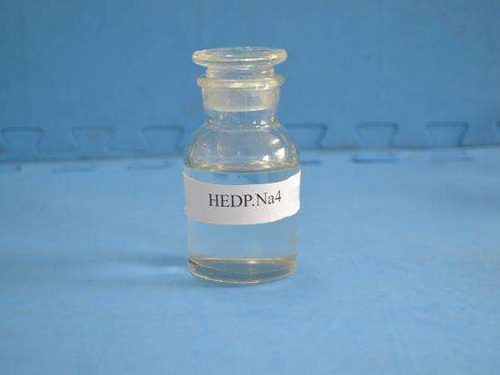Applications and Benefits of Poly Aluminum Chloride in Water Treatment Processes and Technologies
The Use of Poly Aluminium Chloride in Water Treatment
Water treatment is a crucial process for ensuring the safety and quality of water supplied to communities. Among various coagulants used in water treatment, Poly Aluminium Chloride (PAC) has gained significant attention due to its efficiency and effectiveness in removing impurities from water. PAC is a type of aluminum-based coagulant that is produced by polymerizing aluminum chloride. This article will discuss the characteristics of PAC, its advantages, and its applications in water treatment processes.
Characteristics of Poly Aluminium Chloride
Poly Aluminium Chloride is a versatile coagulant that can be customized based on the specific needs of the water treatment process. It is available in both solid and liquid forms, and its composition can vary by adjusting the aluminum content and polymerization degree. The chemical formula of PAC commonly ranges from Al2(OH)nCl6-n, where n denotes the degree of polymerization. This variability allows for adaptability in various water sources, including drinking water, wastewater, and industrial effluents.
Advantages of PAC over Traditional Coagulants
One of the primary benefits of using PAC is its high efficacy in the coagulation and flocculation processes. PAC works effectively across a wide pH range (approximately 5 to 9), making it suitable for different water quality conditions. Compared to traditional coagulants like aluminum sulfate, PAC typically requires lower dosages to achieve the same level of clarification. This not only reduces chemical costs but also minimizes the production of sludge, which is a significant factor in wastewater management.
Additionally, PAC has a lower tendency to form odorous compounds and, unlike some other coagulants, does not require extensive pre-treatment of water
. This user-friendliness translates to operational efficiency and lower overall treatment costs.use of poly aluminium chloride in water treatment

Mechanism of Action
The effectiveness of PAC in water treatment can be attributed to its mechanism of action, which involves charge neutralization, hydrolysis, and the formation of larger flocs. When introduced into water, PAC dissociates into aluminum ions, which hydrolyze to form aluminum hydroxides. These positively charged aluminum hydroxides attract negatively charged colloids, impurities, and particles in the water. This interaction leads to the creation of larger aggregates or flocs, which can then be more easily removed through sedimentation or filtration processes.
Applications in Water Treatment
PAC is widely used in various water treatment applications. In drinking water treatment, it is employed to improve water clarity, remove pathogens, and facilitate the disinfection process. Its use in wastewater treatment involves the removal of suspended solids, phosphorus, and heavy metals, thereby ensuring compliance with environmental regulations.
Moreover, PAC finds applications in industries such as pulp and paper, textile, and mining, where water treatment is essential for operational efficiency and environmental protection. Its versatility makes it a popular choice for both municipal and industrial water treatment plants worldwide.
Conclusion
In conclusion, Poly Aluminium Chloride is an effective and versatile coagulant used in water treatment processes to ensure the safety and quality of water. Its advantages over traditional coagulants, including lower dosage requirements, wider pH applicability, and reduced sludge production, make it a preferred choice for many water treatment facilities. As the demand for clean water continues to grow, PAC plays a vital role in helping to meet this need, ensuring that both drinking water and industrial applications are addressed efficiently and sustainably.
-
Water Treatment with Flocculant Water TreatmentNewsJun.12,2025
-
Polymaleic AnhydrideNewsJun.12,2025
-
Polyaspartic AcidNewsJun.12,2025
-
Enhance Industrial Processes with IsothiazolinonesNewsJun.12,2025
-
Enhance Industrial Processes with PBTCA SolutionsNewsJun.12,2025
-
Dodecyldimethylbenzylammonium Chloride SolutionsNewsJun.12,2025





